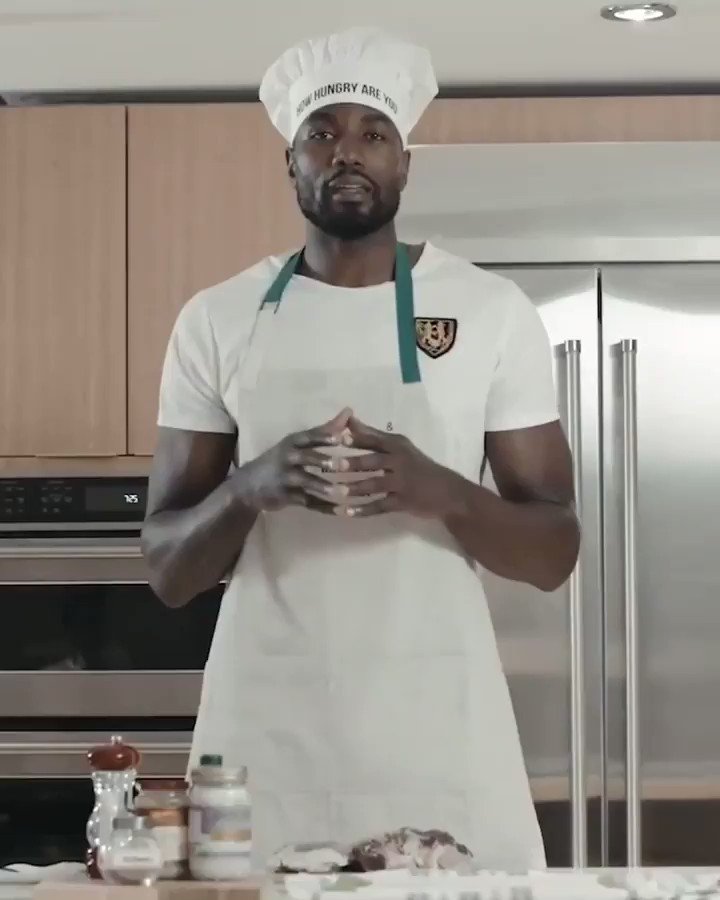The second apron is the single most restrictive roster-building rule that the NBA has instituted since the invention of the salary cap. Here is a list of ways it limits teams that cross that line:
- No access to the taxpayer mid-level exception. These teams can only sign players for the minimum.
- No access to buyout players. If a player's salary at the beginning of a league year is above the non-taxpayer mid-level exception, he cannot sign with a second-apron team if he is waived during that season.
- No aggregating salaries in trades. Basically, you can't trade two $20 million players for a $40 million player, or a $40 million player and a $10 million player for two $25 million players.
- No flexibility in matching salaries through trades. Second-apron teams must send out as much or more money than they are taking back in any trade.
- No giving away cash in trades.
- No sign-and-trading your own players in exchange for other players.
- No trading first-round picks that are seven years away. These picks become "frozen," meaning they cannot be traded, and if a team spends more than two consecutive years above the second apron, those picks automatically move to the end of the first round.
While this isn't specifically an apron rule, it's worth noting that the league's luxury tax rate model is changing in the 2025-26 season. In short, it will be cheaper to pay the tax if you're only slightly over the line, but far more expensive to pay it if you're far enough above the line to be considered a second-apron team. This is especially true if you are also a repeater tax team.
If all of that is too complicated, here's the short explanation: once you've crossed the second apron, you're probably stuck with the roster you have short of minor changes, and it's hard to imagine any team spending more than two straight years above the line and knocking their own future picks to the end of the first round.
https://www.cbssports.com/nba/news/nba-free-agency-is-going-to-be-defined-by-the-new-cba-how-second-apron-changes-the-game-for-roster-building/
Scary ****.
The article also discusses cap smoothing and the value that can create for teams due to cap going up 10% a year compounded while contracts only rise 8% or 5%.
The cap is going to rise faster than contracts can grow with it. In other words, the longer you sign a player now, the more relative value you can squeeze out of those deals at the end of them. They are worth a smaller and smaller percentage of the cap each year.
Every player and every team is ultimately going to be different. By all means, offer short-term contracts to older or injury-prone players. Extra caution is especially warranted on max-level players, because a miss on one of them can be downright disastrous. But aggression is going to be warranted on younger and healthier starters, because if you get those contracts right, you're going to create a ton of surplus value at a moment in which all of your competitors are afraid to try to do the same.






















